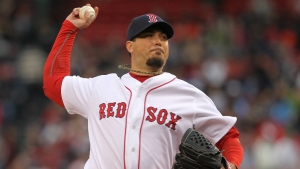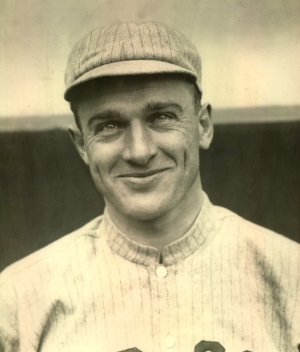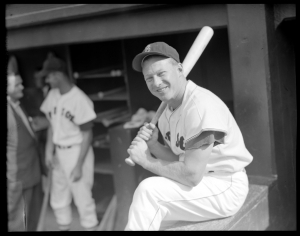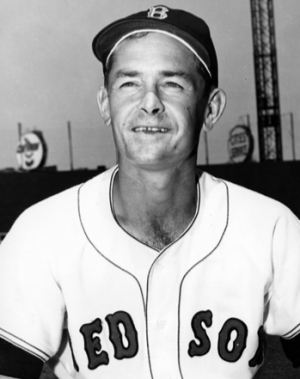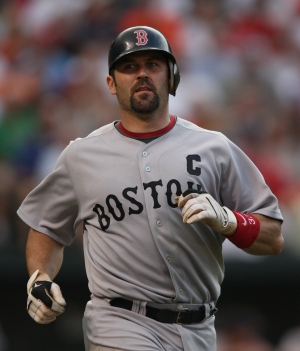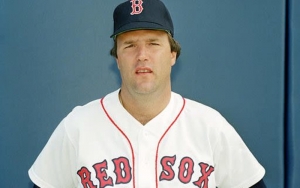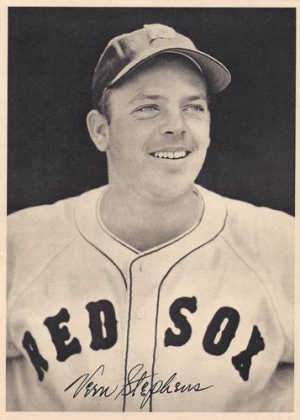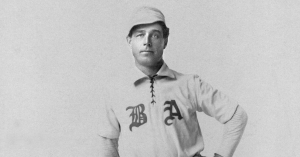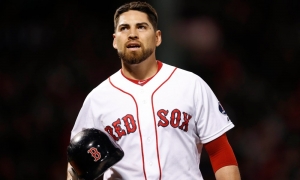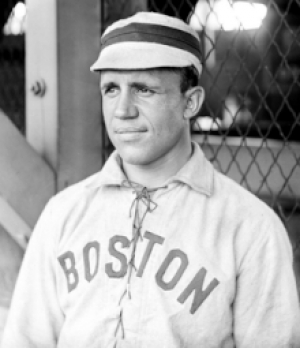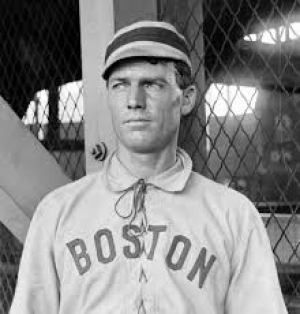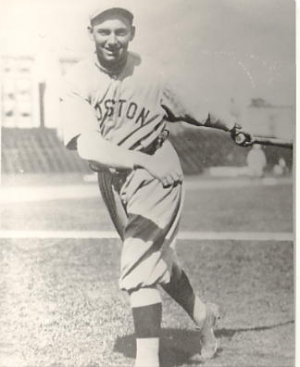Top 50 Boston Red Sox
An inaugural team when the American League formed in 1901, the Boston Red Sox were first called the Boston Americans, the name they would keep until 1907 when they changed it for good to the Red Sox.
When the first World Series occurred in 1903 with Boston defeating the Pittsburgh Pirates. They were denied a chance to defend it in 1904 when after winning the pennant, the New York Giants refused to play them, but they won their second World Series in 1912, and the Red Sox would dominate the decade with titles in 1912, 1915, 1916 and 1918. Despite that success, the Red Sox would unravel quickly, triggered by one of the dumbest transactions in sports history.
Boston sold the contract of Babe Ruth to the New York Yankees for $100,000, and while that was a lot of money back then, it set off a chain of events where the Red Sox were the inferior team to the Yankees for decades. With the exception of Ted Williams, Boston did not have much to cheer for. They would win the pennant in 1946, 1967 & 1975 but lost in each of those World Series attempts. They went back in 1986, but they had a heartbreaking loss to the New York Mets when Mookie Wilson’s ground ball went through the legs of Red Sox’ First Baseman, Bill Buckner. That would have won them the World Series, and the Red Sox then proceeded to lose Game 7.
The next century would prove to see the end of the "Curse of the Bambino," and in 2004, they would win the World Series. Boston continued to have success with championships in 2007, 2013 & 2018.
This list is up to the end of the 2023 season.
Note: Baseball lists are based on an amalgamation of tenure, traditional statistics, advanced statistics, playoff statistics, and post-season accolades.


